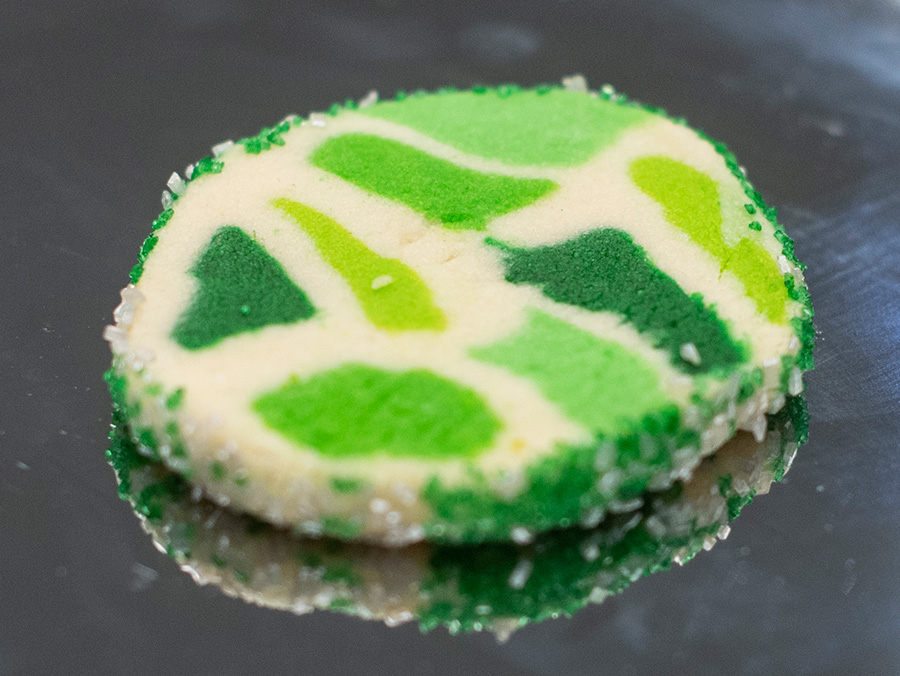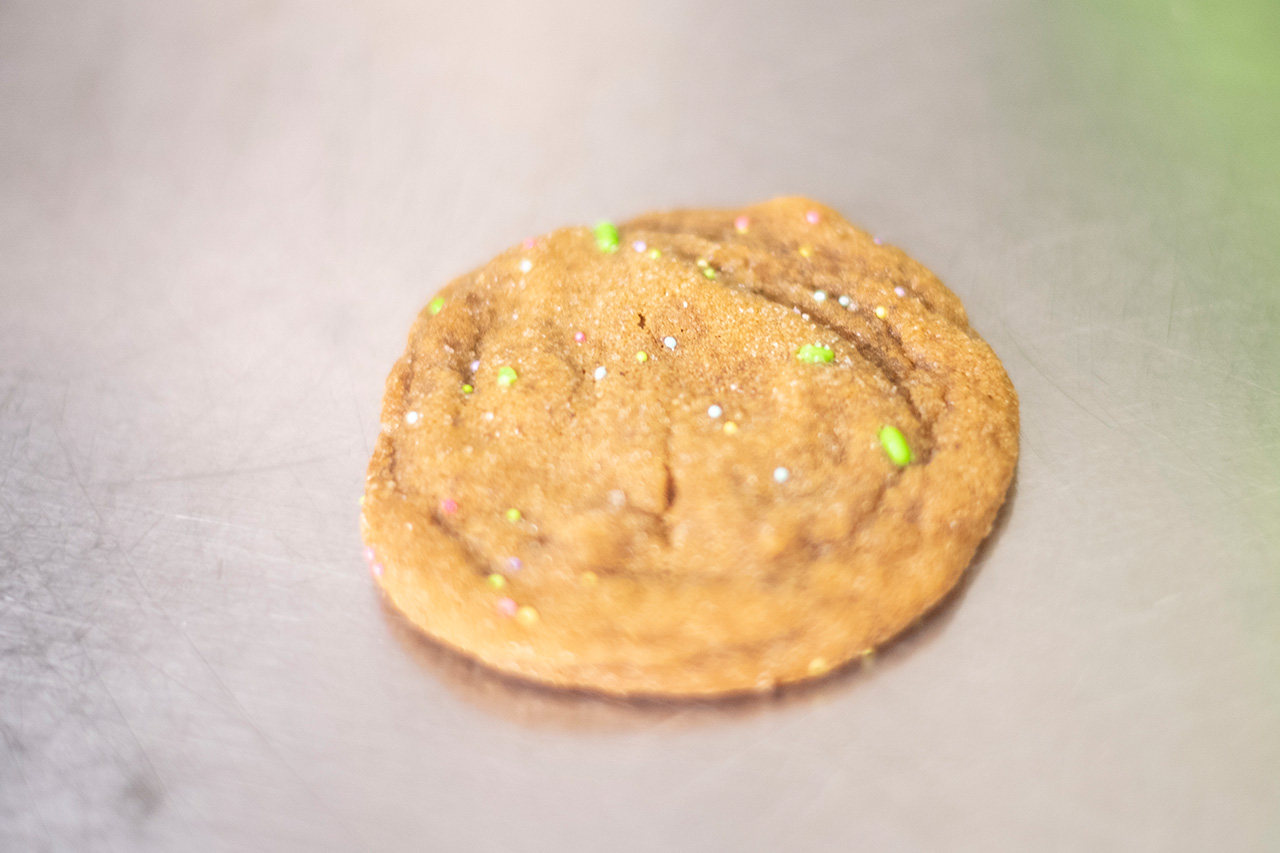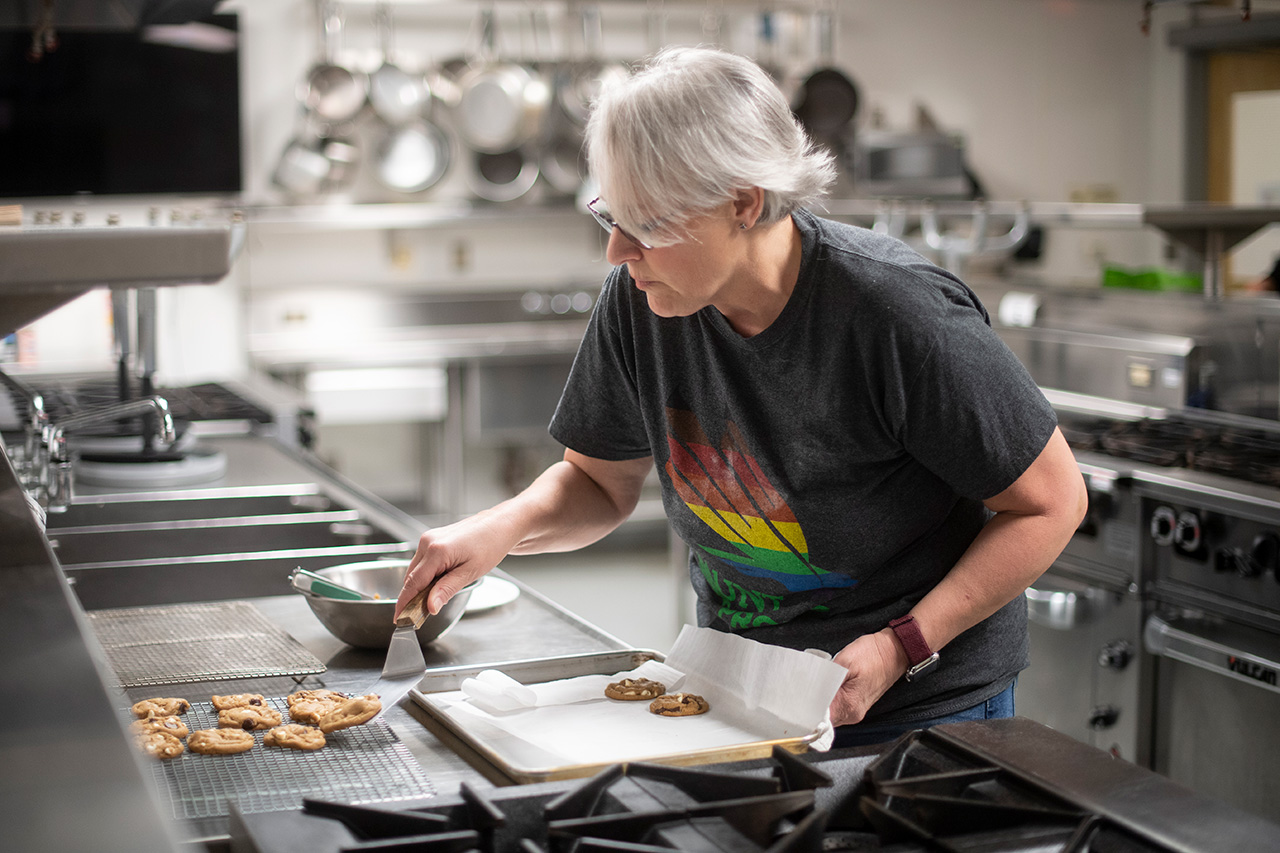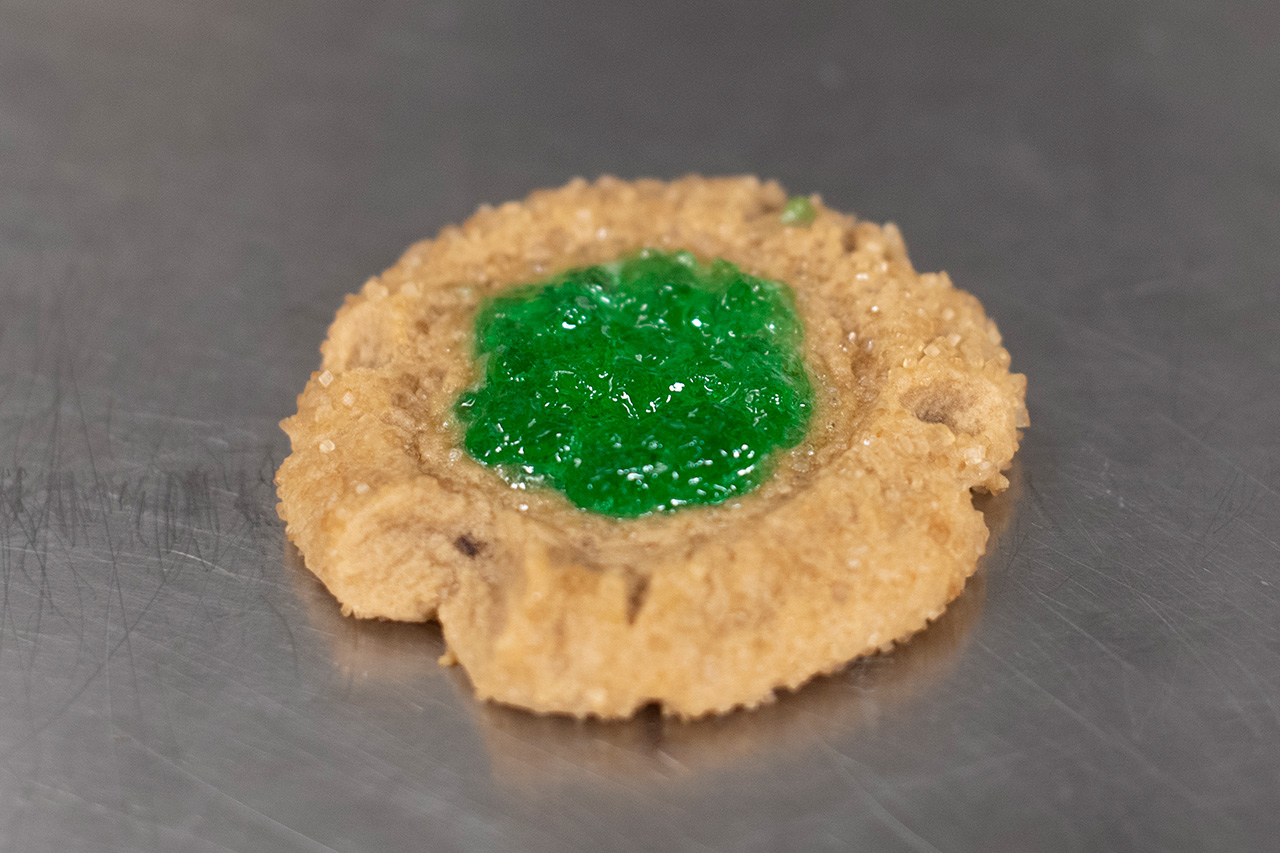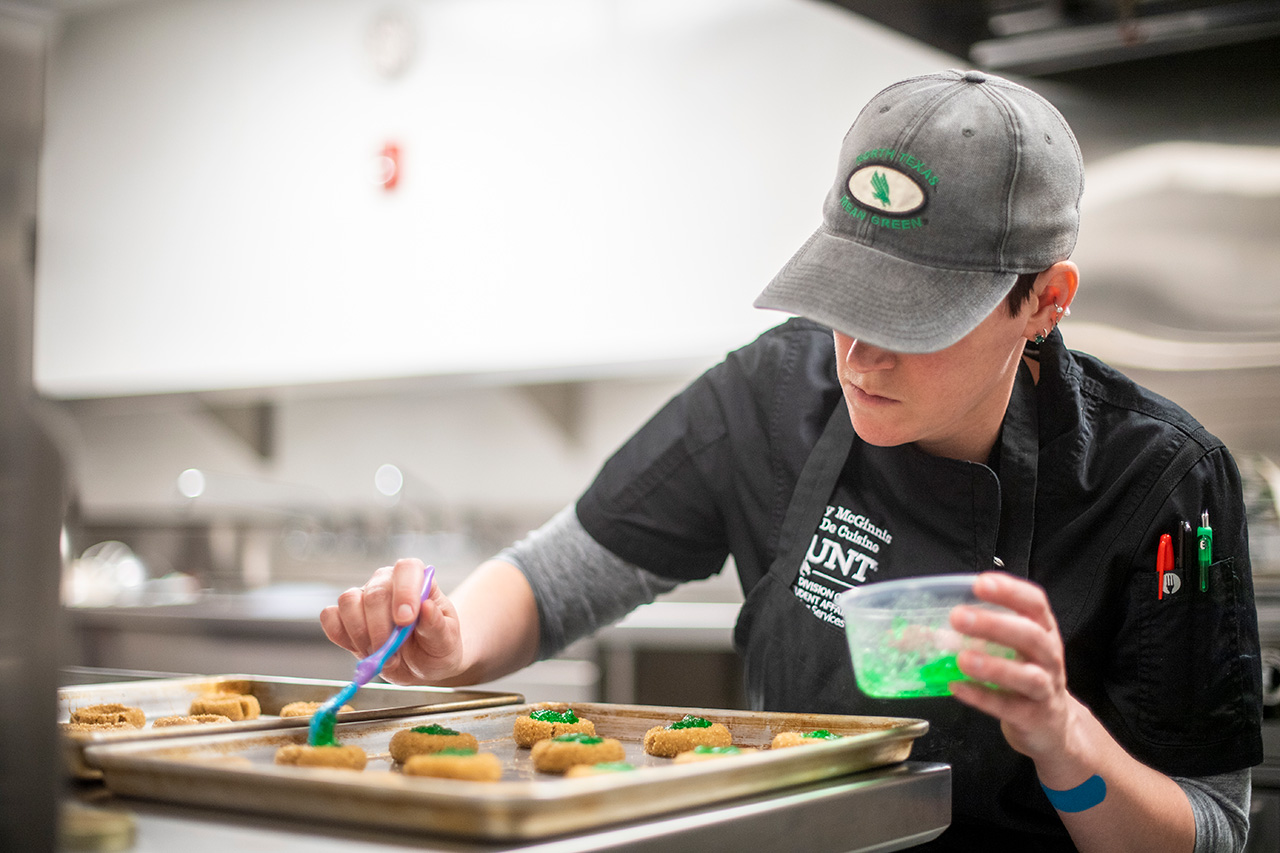Students, faculty, staff and alumni showed off their culinary talents and creativity in the university's first-ever Best of the Nest Cookie Fest.
The contest was a partnership between the UNT College of Merchandising, Hospitality and Tourism; UNT Dining Services; and the Division of University Brand Strategy and Communications.
Eight members of the UNT Family competed in the final round of the contest April 19. The finalists were tasked with baking a dozen of their signature cookies. After hours of baking and carefully crafting their creations, they presented their cookies to judges in the Media Library at Chilton Hall.
The judging panel included College of Merchandising, Hospitality and Tourism Dean Jana Hawley; UNT Dining Services Chef Pierre Thilliez; and Joshua Lopez, a Ph.D. student in the Department of History and the first recipient of the Julia Child Foundation for Gastronomy and Culinary Arts Fellowship in Food History.
Contest finalists were Jennifer Boyd, Clarissa Galindo, Shelley McGinnis, Kenda Morrison and Abigail Burt. Learn more about the finalists and their cookie recipes.
See the winners in each category below.


